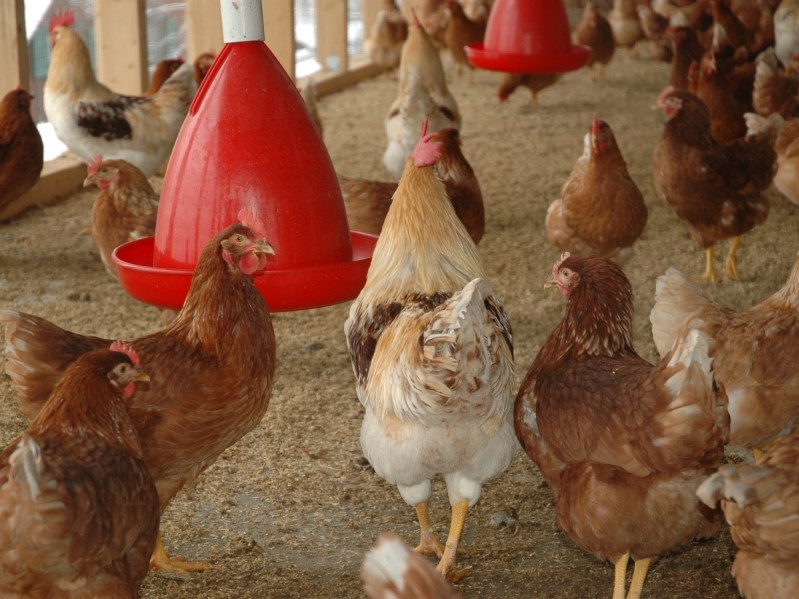
Chickens may help surmount one of the significant challenges with hydrogen cars. Sales volumes of battery-electric vehicles (BEVs) and hybrid electric vehicles (HEVs) increase yearly. However, that’s not the case with electric cars that use hydrogen fuel cells to run electric motors.
Infrastructure issues are the most significant barrier for hydrogen cars. The Toyota Mirai and Hyundai Nexo are the only hydrogen cars sold in the U.S. Even more limiting, you can only buy those vehicles if you live in southern and northern California due to limited hydrogen refueling infrastructure elsewhere. In late 2022, BMW began producing a hydrogen fuel cell car, the iX5 Hydrogen SUV, but only in limited quantities. Hydrogen

How chickens can help hydrogen car production
Chickens can’t help with hydrogen storage and refueling, but their feathers may help in other ways. Two additional challenges to hydrogen car proliferation are the high cost of fuel cell vehicle manufacturing and the use of toxic materials in the materials that filter hydrogen atomic particles in fuel cells.
A report in the American Chemical Society’s Applied Materials & Interfaces journal explained how researchers at Nanyang Technological University in Singapore and ETH Zurich in Switzerland developed a method that uses chicken feather waste to create hydrogen filters.
Traditional fuel cells use a semipermeable membrane to filter the atomic particles in hydrogen. The membrane blocks electrons in hydrogen while it allows protons to pass through. The blocked negatively charged electrons follow a conductive pathway, a positively charged cathode, to produce electricity.
There are two problems with the conventional semipermeable membranes. They are expensive to produce and made from acidic or alkaline polymer materials that contain toxic chemicals commonly referred to as “forever chemicals.”
The scientists from Singapore and Switzerland created a semipermeable membrane for fuel cells using the keratin protein from chicken feathers. Keratin is a class of proteins that includes the proteins that help form human hair, nails, and skin. An important point is that keratins are not toxic.
The research study explains how the scientists converted keratin from chicken feathers into amyloid fibrils by heat treatments. Amyloid fibrils are insoluble fibers that resist degradation. The chemists then used an oxidation method to convert the fibrils to proton conductivity, with resultant electron blockage. The material could then be used in the core hydrogen fuel cell process to generate electricity.

The scientists demonstrated that using chicken feathers to create filters for fuel cells can be a win-win-win. Processing chicken feathers instead of burning them as agricultural waste prevents the release of CO2 and poisonous gases into the atmosphere. Using oxidated amyloid fibrils from chicken feather keratin to create filtering membranes is less expensive than making polymer membranes, and it avoids the presence of the toxic forever chemicals associated with polymer membranes.
So, everyone wins…except for the chickens.


